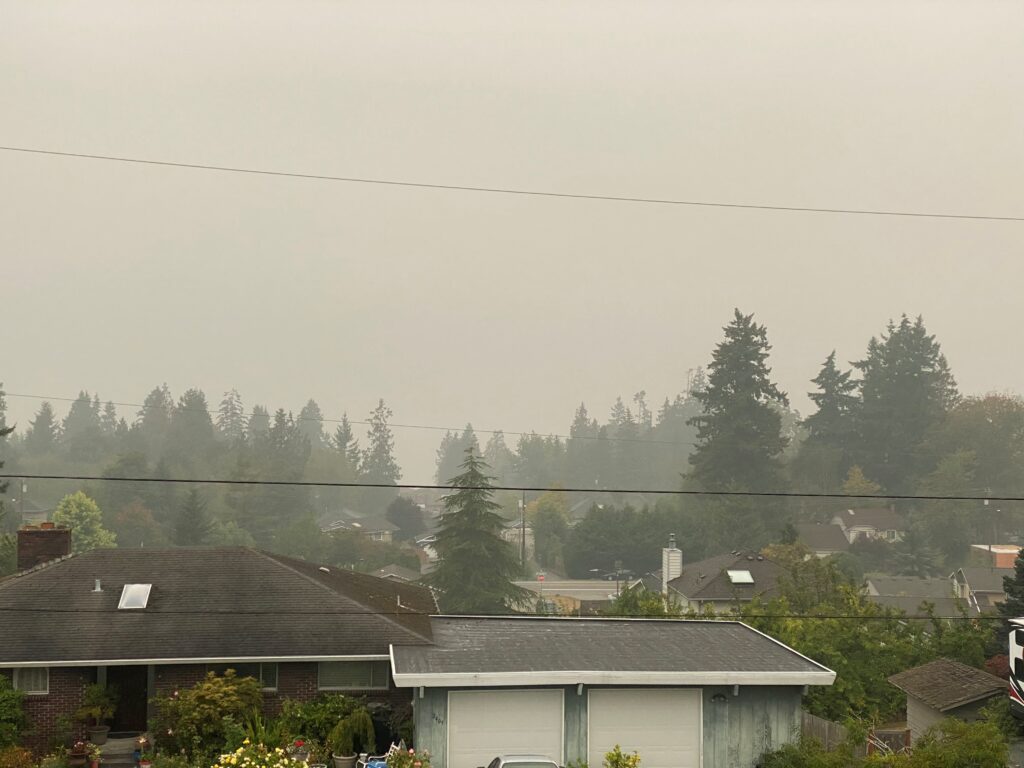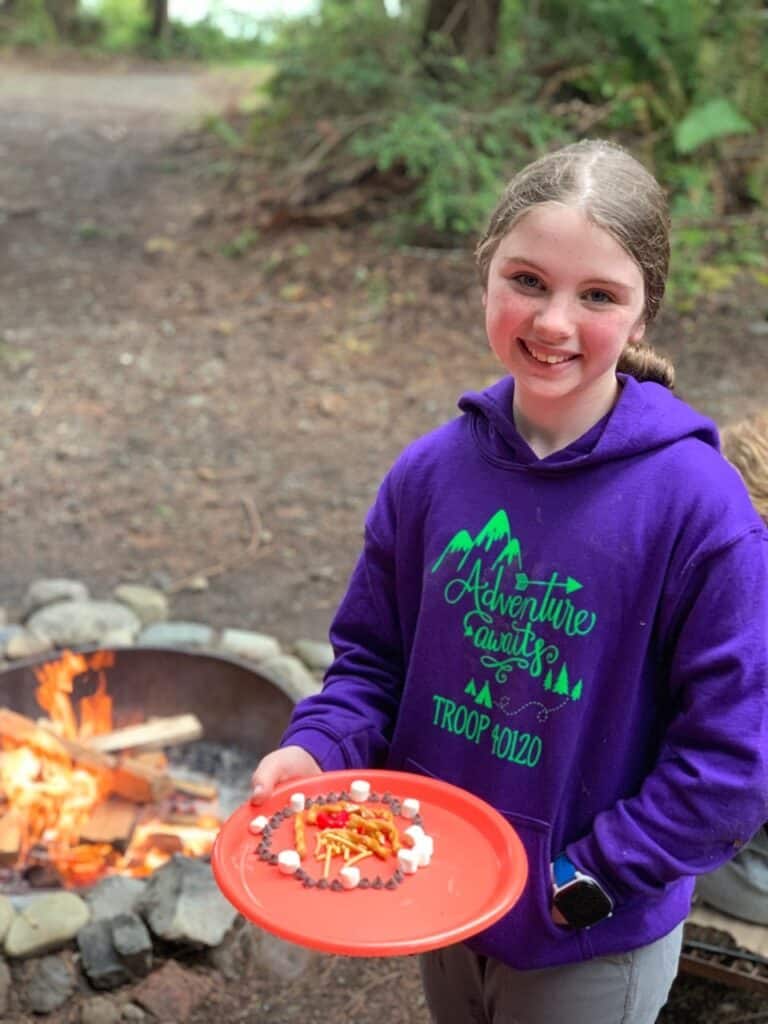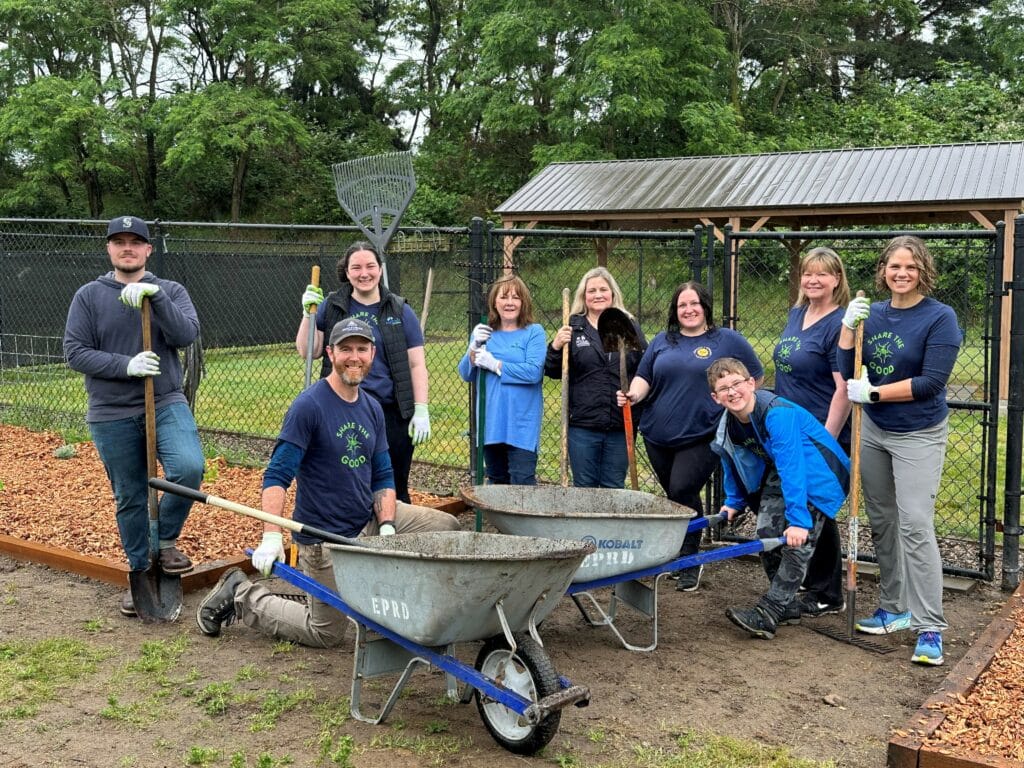It might be hard to imagine wildfires when our Pacific Northwest spring weather is still a rollercoaster of wind and rain most days.
Unfortunately, wildfire season is no longer just a late-summer concern. It’s starting earlier, lasting longer, and impacting more of our communities every year. In fact, fire officials predict that Washington and Oregon are at elevated risk for large and destructive fires in 2025 because of high temps and limited precipitation.
In Washington and Oregon, wildfire risk now stretches from May through October, fueled by dry conditions and warmer temperatures.
That shift is changing the way we think about home protection—and at McClain Insurance, we’re here to help you get ready before the smoke is in the air.
What’s Driving the Change?
Wildfire isn’t new to the region, but the scale and intensity are. If you grew up in the Pacific Northwest, you might think of wildfire as primarily an east-of-the-mountains risk.

Co-owner Meghan Pembroke, who grew up in central Washington, remembers watching summer thunderstorms from the porch. She knew the lightning strikes would likely result in her dad being called to respond to a fire. Meghan’s dad, Dan Soptich, served as a Logistics Section Chief with a Northwest Region Incident Response Team and the US Forest Service for nearly 40 years and responded to fires throughout the summer.
These days, however, the wildfire risk lasts longer and extends farther across the region. Drier winters, declining snowpack, and hotter, windier summers are creating a perfect storm for fires to ignite and spread quickly—sometimes even west of the Cascades, where fires were once rare.

Add in population growth and more homes built in wooded or rural areas, and you have a growing overlap between natural wildfire zones and the places we live. That intersection is known as the wildland-urban interface—and it’s where small flames can become big problems fast.
People Start Most Wildfires—But That Means We Can Help Stop Them
Surprisingly, nearly 9 out of 10 wildfires are caused by human activity. The most common culprits aren’t dramatic—just everyday activities that can go wrong:
- Unattended outdoor burns and campfires
- Grills and fire pits placed too close to structures
- Sparks from trailers, tools, and engines
- Firearms and explosives
- Fireworks, sky lanterns, and other backyard celebrations
- Discarded cigarettes or children playing with fire
- Arcing power lines and other electrical issues
The upside? These risks are preventable with just a little awareness and preparation.

Three Key Zones to Help Protect Your Home
You don’t need to live deep in the woods to take wildfire seriously. Research shows that the area immediately around your home plays a big role in whether it survives a fire. That’s why experts at the National Fire Protection Association recommend managing your Home Ignition Zone (HIZ)—a three-layer buffer that can slow or stop a fire in its tracks.
- Immediate Zone (0-5 feet from your home)
- Clean your gutters regularly
- Remove flammable debris like leaves and pine needles
- Replace or repair damaged shingles
- Store firewood at least 30 feet from structures
- Intermediate Zone (5-30 feet from your home)
- Trim tree limbs up 6–10 feet from the ground
- Keep lawns mowed and irrigated
- Replace flammable plants with fire-resistant alternatives
- Create defensible space between bushes and trees
- Extended Zone (30-200 feet from your home)
- Thin overgrown vegetation and underbrush
- Remove dead or downed trees
- Create fuel breaks with gravel or stone landscaping
- Limb trees to at least 6 feet from the ground
Even making changes in the first 5 feet can dramatically lower your risk.
Washington’s Emergency Management Division put together a short video with their top tips for protecting your home and loved ones from wildfires:
Stay Informed
Take steps now to make sure you’ll receive emergency information if there are wildfires or other emergency situations in your area.
- Make sure your phone is set to receive Wireless Emergency Alerts
- Opt in to local emergency alerts in your area, such as these for jurisdictions in Washington state
These sites provide real-time updates on wildfires and burn bans:
Burn ban status from the state
Northwest Interagency Coordination Center updates
Wildfire location and status updates
Local Help, Real Peace of Mind
At McClain Insurance, we’ve been helping our clients protect what matters most for nearly 50 years. We understand the unique challenges of living in the Northwest—and we’re proud to be your partner in preparation.

👉 Visit AutoHomeBoat.com to connect with our experienced team. Whether you’re wondering if your home is protected or looking to update your policy, we’re just a phone call or message away.
One Step Today Can Make a Big Difference Tomorrow
Wildfire safety doesn’t mean you need to overhaul your whole property overnight. Even small changes can help. Start with one zone, one task—and build from there. The key is getting ahead of the season before the smoke settles in.
Let’s face the season together—smarter, safer, and more prepared.

